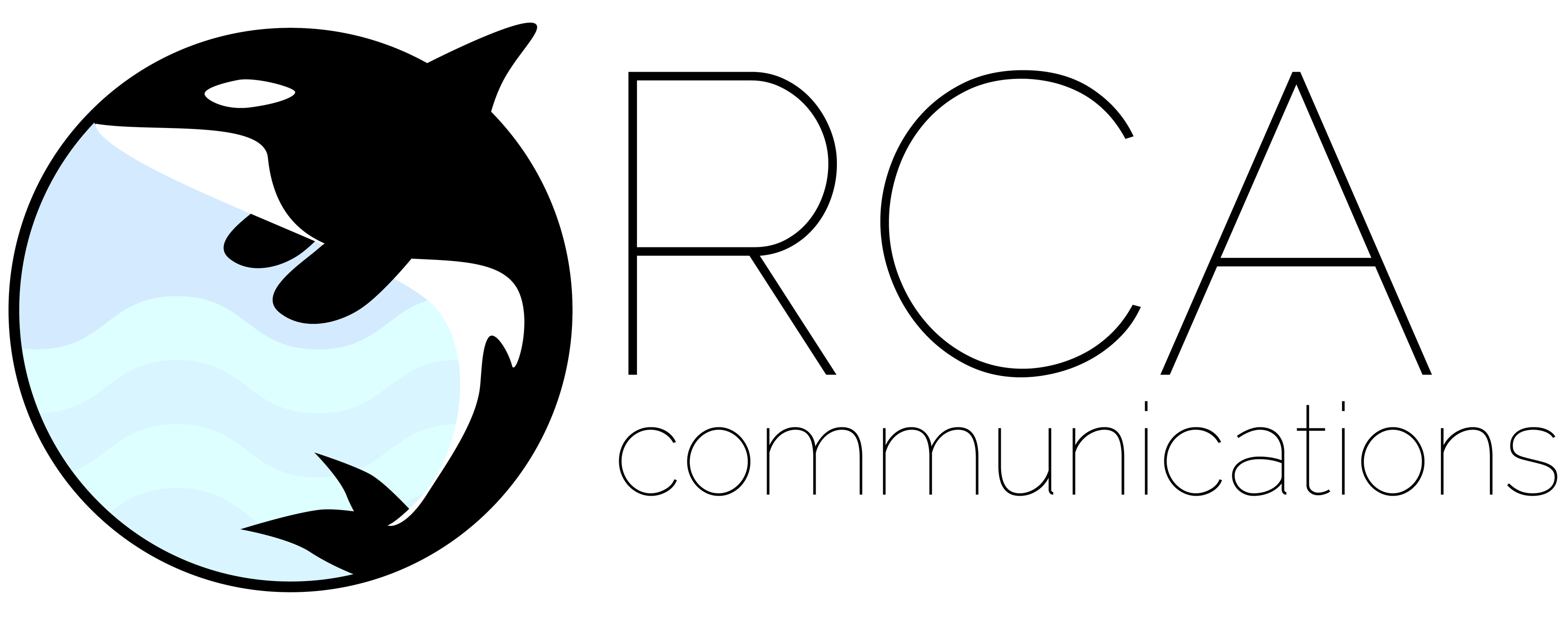Why Strategic Reviews Are Critical
And How to Pitch Them to Your Clients
Orca Communications invited award-winning tech journalist Scott Tharler to write a guest post that discusses the PR process from a journalist’s prospective. He introduces our readers to strategic reviews and the role they play in brand building.
By Scott Tharler
Most PR pros (even the well-seasoned types) tend to skip a step in the product review process–and it’s an important one that could really benefit your clients. These are clients who’ve taken a concept, researched and developed it for months or years, and perhaps even managed a successful crowdfunding campaign along the way. But while they’ve sensibly done market research and beta tested, they’ll probably fall one step short of bridging the gap before you send out a release on their behalf to your press database: engaging in a strategic review.
We’re not talking about pay-for-play or advertorial. Yes, this is a paid service; but it’s private (for only you and your clients to see); and it’s critical in two senses, both in the way it’s constructive and crucial. That’s because it provides you (and the client) with the kind of valuable insights you can only get from the perspective of a professional journalist.
What a Strategic Review Looks Like
At the very least, you’re looking for the reviewer (whose public reviews you’ve read and respect) to provide an in-depth, hands-on review of the product. This could include nods to branding and packaging, but most importantly needs to judge the overall functionality, efficacy and integrity of the product. So from the initial unboxing impressions to looking under a microscope at every feature, claim and button, it’s an honest assessment how well (or poorly) the product actually does what you’ll say it does. You’ll probably want at least 800 to 1,000 words; but it could be a couple thousand words, depending on what is typical and feels complete for this kind of product.
The Real Value
Other than just trying to pass an editorial white glove test, you’re really looking for deep insights. Maybe you’ll realize that something you thought was a big detractor isn’t such a big deal–or confirm that it is. Or perhaps you’ll discover a benefit that you hadn’t even thought of. In either case, the value to you is knowing what to play up (or down) in your pitches and releases. Think about it: Instead of arbitrarily tossing a dart while blindfolded to your prospective reviewers, you could have that much of a better chance at scoring an automatic bullseye (even on a moving dartboard).
The Cherry on Top
Learning from a journalist’s first-hand experience with your client’s product/service is certainly helpful. But even better, have them pay it forward by creating a reviewer’s guide (that you’d actually share with other reviewers, probably while the product’s on its way to them). This should include concise instructions for getting started. But also several hints about how they could conduct their testing to best reveal those key features we identified with the strategic review. Honestly, even if your client only got a well-conceived reviewer’s guide out of this process, it might still be worth it. Cause after finally engaging with a writer to check out this amazing new googaw, it’d be a shame if they didn’t get to fully see the product in all its glory, right?
Getting Into the Weeds
Here are some additional prompts you may want to ask your strategic reviewer:
-How well did the product meet your expectations?
-How would you summarize its positives and negatives? (You may also want to request a shorter review of, say, roughly 300 words.)
-How could we improve the presentation or installation of the product?
-In your mind, how does it compare to (these) similar products in terms of price, form factor, capabilities and performance?
-What would you change about the design?
-What channels seem like they’d be a good fit?
-How might a particular outlet/reviewer review it? (In an interesting challenge, I was once asked to describe how I thought David Carnoy of CNET would review a particular set of headphones.)
-How well do you think the actual product aligns with the marketing copy on our site or in this media kit?
Who’s a Good Candidate for This
Based on my experience, the two best kinds of products that make the most sense to engage in a strategic review are ones with truly unique features and ones in a crowded marketplace. If a product is such a unique unicorn, it may take reviewers (and therefore, their audiences) time to get used to the concept. A strategic review is a great way to bridge that gap. And just the opposite, if a reviewer is so used to a particular kind of product, you’ll want to make sure they don’t gloss over your client’s. The strategic review can help with that too.
Bonus points if your client’s product happens to fit both of these categories, with something like the quirky over-ear wire-free headphones released by Human a few years ago. By the way, the clients who tend to be the most open and willing to considering a service like this are usually in the late stages of development and haven’t released the product yet. So the timing can be a little tricky in figuring out when they’re ready enough to share a solid prototype or early production sample, but the cat isn’t already completely out of the bag.
Also, if there is no physical product, that doesn’t mean there can’t be a strategic review. All this applies to software and services as well. Or you could just choose to focus on all the client’s marketing materials. In this case, the reviewer might receive mission, value and positioning statements; media kit assets; and early access to the dev version of the client’s app or full site to see how well they execute and align together.
The Rest of the Process
When I’m being paid to review a product, I insist on returning it when I’m done. That’s just what feels the most clean and ethical to me. I usually estimate two to three days’ worth (16 to 24 hours) of work on a project like this. So I charge a day rate, but it might be bracketed with minimum and maximum time to be allotted. Many products can be assessed within a week, but some might take longer to fully experience, just based on their nature. At the end of the day, the most important thing is that the strategic review has to be customized to fit the particular client and product case.
The Bottom Line Pitch
In short, strategic reviews are a win-win-win for you, your client and any prospective reviewers. The reason I call them strategic (as opposed to just private, paid or critical) is that their goal is to tactically make everyone’s jobs easier. And to that end, the ability of strategic reviews to ease the inevitable tension held by companies of all sizes between releasing a product and wondering how it’ll be received is quite invaluable.
In an award-winning tech journalism career spanning over 20 years, Scott Tharler has contributed hundreds of articles to a slew of well-known outlets. Along the way, he’s also enjoyed a side career in marketing, crafting successful lead generation copy for both IDG Connect and HIMSS. In late 2020, he created The Family CTO, initially as a podcast and soon to be a full site. To check out Scott’s various articles and episodes–or get in touch with him–please visit http://linktr.ee/thefamilycto.

